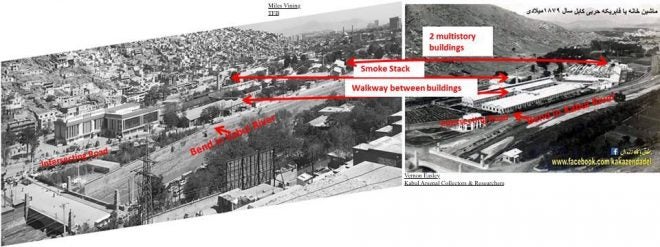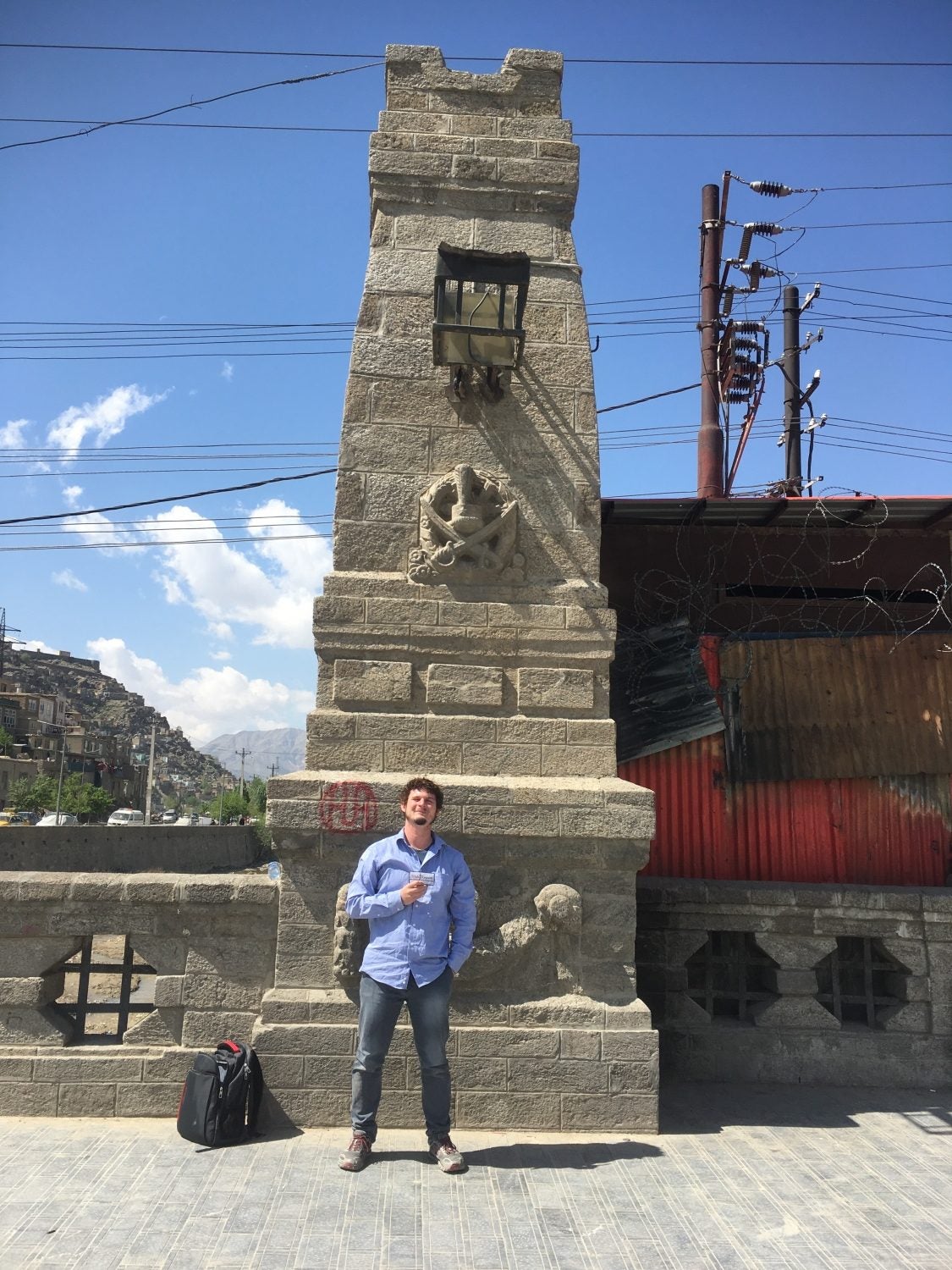To be quite honest, the old Kabul Arsenal never needed to be “relocated” as it had never been lost, destroyed, or otherwise essentially altered. What this post is adding to the conversation is that someone who had a very legitimate interest in the arsenal bothered to snoop around present-day Kabul with the intention of historical small arms research. And to that end, many of the outer portions of the arsenal are still very much standing.
The Kabul Arsenal was built just before the turn of the century under the insistence of Afghan Amir Abdur Rahman Khan. Between Russia and England was Afghanistan, and thus the “Great Game”. Both countries were vying for the support of the country since the early 1800s when Russia invaded Central Asia and Britain slowly took over India. After much military defeat in Afghanistan, Britain eventually won out by financially supporting the reigning Afghan monarchs. Enter Abdur Rahman who was the first of many Afghan rulers (into the 20th Century) that wanted to industrialize the country. The Arsenal was one of these priorities and thus a national security necessity. A very important note here is in the term “Arsenal”. Although it did manufacture small arms, it also manufactured a host of other industrial items as well. Thus it was known as the “Machine-Khanah” (ماشین خانه) or literally “Machine House” in Dari. Essentially a “Kabul Factory” by any other definition.
We can get further in-depth into the Arsenal’s history in future articles but when it comes to the precise location of where the factory is today, it took a couple of days of putting together some puzzles and we eventually found it. One very important piece to note here is that many Afghans, much like any other current day descendants of ancient civilizations see history simply as objects or even obstructions around which their lives take place. I always like to point out a joke wherein Americans get excited about some historical building or artifact from the 1800s and probably any random Frenchman could remark that the toilet sink in their bathroom dates back to the 1600s. Thus, it is hard trying to find an answer in Kabul about “Where exactly is the old Arsenal”, because so much of the city is ancient, it’s not worth keeping track of a single piece.
But we begin with this photograph of the Arsenal that has been circulating the internet for some time, this one previously shared on an Afghan Facebook page. The caption reads “Machine House or Kabul Factory, Year 1879 Gregorian”. The year is specified to differentiate from the Islamic Hijra or Persian calendars.
Going off of this photograph, the first issue was of location. One might speculate that the hills in the background would generally help in identification but that “One” hasn’t been to Kabul where the city exists in, between, around, and on top of literally dozens of hills and mountains. The biggest point of reference was this quote found on a Martini-Henry forum from a British academic journal published in 1894-
Workshop situate on the banks of the Kabul River where it emerges from the gorge between the Asmai and Sher Derwaza mountains into the Kabul valley. There is a small steam-hammer, a stationary engine, lathes, cartridge plant, and a minting-machine operating under the direction of Mr. Pyne and his European assistants.”[10]
That essentially narrowed it down to between two mountains in Kabul, whose names then are still current today. Asmai is today colloquially called “Television Mountain” due to the presence of telecommunications towers on it. Sher Derwaza means the “Lions Door” and winds down to the old royal fortress of the city, Bala Hissar. You can see both of these in my introduction video to an episode on TFB TV-
Now that we sorted it down to a single valley, we had to find which way this photograph was orientated. After much Google-Fu wherein I moved the Google Maps satellite imagery panner down to a bird’s eye view, I found this particular point that resembled various landmarks in the historical photograph.
Note the curvature of the mountains in the background, the various bends in the river, but more importantly the bridge with the four columns that cross’s the Kabul River.
The next step was to visit the site in person. After much convincing with the neighborhood folks that I wasn’t some CIA case officer intent on further ruining their already grossly corrupt government, I was able to climb up the hill and tried to get as close a shot to what the historical photo was. For any who are interested, these are the approximate coordinates of where I was standing when I took these photos: 34.509989, 69.164248
We took some initial photographs at a lower portion of the slope, but these didn’t quite match up with the historical photo.
Insisting on moving further up the hill, this is what we came up with that more closely approximated what we began with. Note that the hills in the near background are still present, they are simply obscured by buildings and foliage-
Some close-ups of the old Arsenal itself-
This was the final result of a certain Vernon Easley who edited the current photograph to match the previous one.
Unrelated to the Arsenal, but the bridge plays a key importance in the location and approximation of the photographs. It also appears to have been built around the same time.
And for posterity, a friendly TFB writer on assignment. Also as a reference point for the height of the columns on the bridge.
 Your Privacy Choices
Your Privacy Choices












